This document presents the approach of Valueships – Pricing & Strategy Consulting Company, to qualitative research of client interviews.
Why resort to this approach? – In many cases, the standard surveying approaches may not work well for too complex and/or enterprise products the standard surveying methodologies may not work, due to the prospect requiring a robust understanding of our product, its methodologies, features, and benefits.
In such situations – Valueships have reverted to qualitative research approaches. We believe that our robust methodology of interviewing customers in a one-on-one setting provides enough material to steer the project forwards.
The first step of our framework aims at introducing the product to the client and discussing the goals of the interview. We pitch the product on a slide as an introduction. It is meant to be a context setter for further discussion.
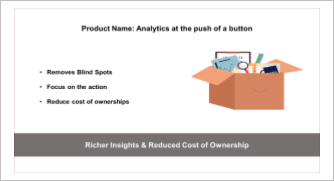
Further, we introduce the Interviewee to the Agenda of the meeting – it clarifies the goals of what we are trying to accomplish.
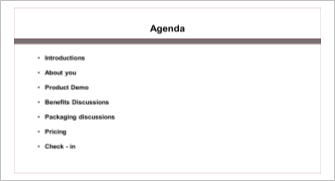
After the product pitch, we start probing the Interviewee and ask questions around specific areas of interest. Usually, we do a deep dive into pain points. The Interviewee force-ranks pre-created pain point statements in such a way that we can aggregate responses across a set of customers to validate our hypotheses. We aren’t yet talking about any features of the product.
In the next step, a 15–20-minute demo of the product and its main features is conducted. We want the customer to understand every aspect of its offering. We also try to capture the open-ended feedback from the Interviewee.
In the fourth step, we venture into Positioning – we make the customer force rank the benefits & features of the product. Analysis of Positioning is very similar to pain points analysis.
The packaging part determines which features are most and least important. In the first step, the Interviewee is usually asked to distribute $100 amongst the „Good, Better, Best” packages to identify the best fit.

Continuing with the package analysis – we ask about the most and least important features per each plan. This helps us isolate which features drive value the most.
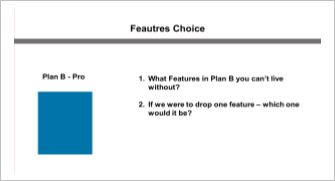
Pricing is the second-to-last step of the interview. It determines the customer preferences on pricing – what is the most favorable metric, what is the preferred price etc. Pricing metrics (use/seat/time) input is very important, since this selection has a significant impact on pricing.

After the questions about the structure – we are asking a survey-like question to determine a reasonable price band based on the preferred price metric.
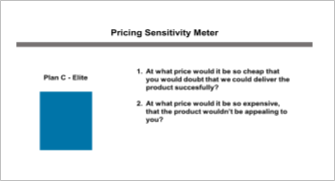
The final step for the interview and post interview (which is not mandatory) is introducing the Interviewee to product roadmap. In probing the product direction, we give the Interviewee a list of features, that we the product team considers building, and force them to choose a 2 or 3 out of all the ones provided.
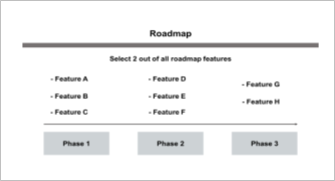
In the last part of the interview, we probe the Interviewees feelings towards the product to see how he feels on urgency of purchase, perceived differentiation, and budgetary decisions. Often, we get a positive outlook on positioning and pricing, but when asking about purchasing the product, customers might have other priority items.
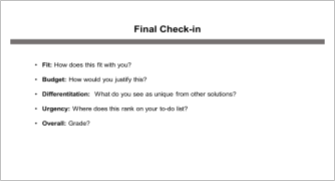
First steps to-do post interview:
After going through the process across all our samples – the best practice would be to compile the data into a spreadsheet, which we can use for further analysis.
After preparing our data, we ask ourselves what are the results we want to get from our data set – What are the most pertinent pain points? Which customer segments are key for our business? Which packaging aligns with our customers best? After determining those, we can assess the key insights that we got from our interviews.
Qualitative Research Approach to interviews may seem like a lot of hustles, but sometimes it may be the only way to survey your customers.
With the interviews and data analysis conducted, you may get insights required for starting or updating your Pricing, Product Features & Product Directions.